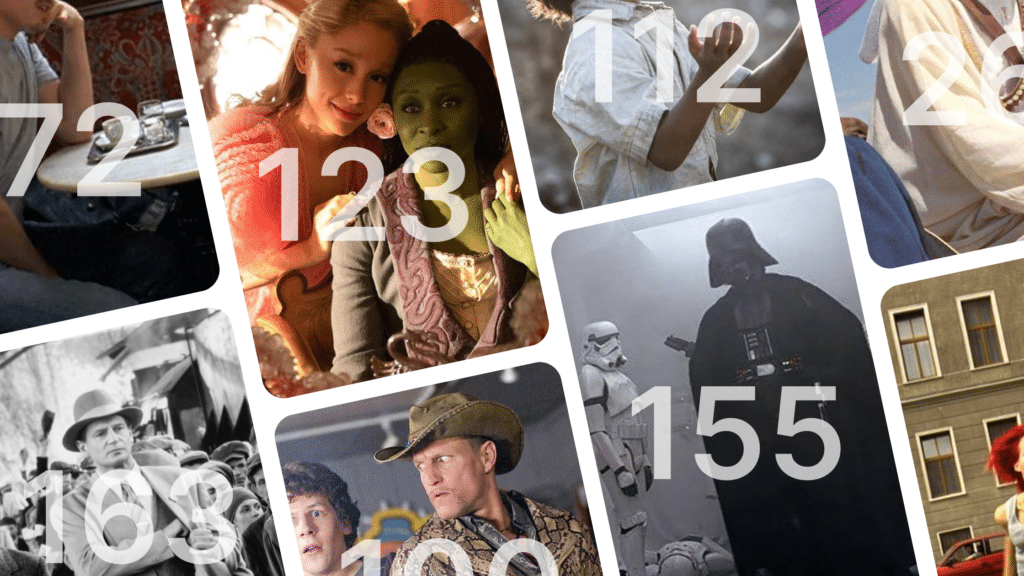
Introduction – The Big Question
Both new and established screenwriters would have heard it: “one page of your screenplay equals one minute of screen time”. Most of us will agree that it can become tiresome and stifling. While one page to one minute is a good guideline to get us started, there are many things that can influence your script length, which don’t necessarily translate into the screen time.
Well, then how long should our scripts be? Understanding script length is important for many reasons, namely pacing and the potential success of a project, all dictated by the myriad of industry standards we have to follow, especially as up and coming screenwriters.
The page count has considerations far beyond the script itself. Producers, directors, and even agents often have specific expectations regarding script length, as it can impact production costs, runtime, and audience engagement. This is something we as writers must consider from page one.
Flexibility in the script writing process is key, and in today’s blog we’ll explore just why that is, alongside genre-specific trends, notable outliers, and the average page lengths for different formats. There’s lots to discuss, so let’s get started!
Standard Script Length by Format
As we’ve discovered, the general rule of thumb in the industry states that one page of script roughly equals one minute of screen time in all screen formats.
While the convention seems frustrating, its reasoning goes beyond purely screen time. As screenwriting has become more accessible and more and more people submit their screenplays to executives, Hollywood has had to adapt their ways of filtering out scripts without spending too much time reading. Time is money!

One of those filters is page count. Just by looking at your page count, an executive can determine whether you understand the industry’s expectations. This doesn’t include the title page.
As we know, a feature film generally runs between 90 and 120 minutes. A 140-page screenplay submission will most likely feature over-description, an excess of scenes or characters, and over-expository dialogue. This, of course, may not be the case at all, but an executive isn’t going to wait around to find out – most of the time it’ll just come across that you’re a novice writer who still has some way to go.
So, how come some of the greatest films of recent years are stretching to the three-hour mark? Well, all these writers are fully established and have proven their craft to the industry, granting them freedom to tell an extended story. We’ll take a closer look at some examples later.
Plan your script with precision: Use Celtx’s beat sheets to stay on track.
Get started today!
But before we all become Quentin Tarantino, let’s consider the usual script lengths for film and television.
When it comes to feature films, you’re looking at between 90 and 120 pages. In screen time that would equate anywhere from an hour and a half (90 minutes) to two hours (120 minutes).
Short films typically range from 5 to 30 pages, depending on the story’s complexity and the screenwriter’s initial vision. Shorter formats like this allow for concise storytelling, requiring us to be more creative with our dialogue and scene construction.
It’s in television where we see the widest scale in script length, with shows ranging from half-an-hour comedies to hour-long dramas. Half-hour sitcoms will come in at anywhere between 22 and 40 pages, and hour-long dramas in between 45 and 70 pages.
As you can see, there’s a little more leeway in television, with extra considerations needed for commercial breaks. Pacing and storytelling approach can also differ depending on the demands of each episode.
Related reading: What the Length of Your Screenplay Says About You || Network ISA
Genre Breakdown
A script’s genre can also impact its page length based on the depth of the plot, number of characters and setting. This is the case mostly in feature films that don’t need to conform to a stringent television schedule.
Dramas run from 100 to 120 pages. They often take more time to develop characters and themes, hence the longer script length.
For example, in Lion (2016), we follow Saroo from a 5-year-old to an adult, as we see him become lost hundreds of kilometers from his Calcutta home to be adopted by an Australian couple. The script sits at 109 pages, allowing for character development and us to see Saroo find his birth family after a painstaking search.

On the flip side, comedies and horrors tend to be shorter at 90 to 110 pages. A comedy’s punchy dialogue and rapid pacing to maintain humor keeps the page count lower, while horrors rely on tension, jump scares and quick scenes to keep audiences on the edge of their seats. 2009’s horror comedy Zombieland falls in this range perfectly at 100 pages. Combining both genres, the screenplay keeps us on the edge of our seats as we discover whether the characters can survive the zombie infestation.

Sci-fi is often the genre with the highest page count, at 100 to 130. This is due to the need for writers to often build a whole new world, placing the audience somewhere they’ve never been before.
The original script for Star Wars: Episode IV – A New Hope (1977) is 155 pages, so sits outside the remit. However, this is an example of how a filmmaker had made a strong start in the industry with a portfolio behind him.
George Lucas had a strong vision for the movie and a trusted team behind him to bring it to life. From introducing iconic characters such as Darth Vader and kickstarting a new generation’s love for sci-fi, we think Lucas can be forgiven!
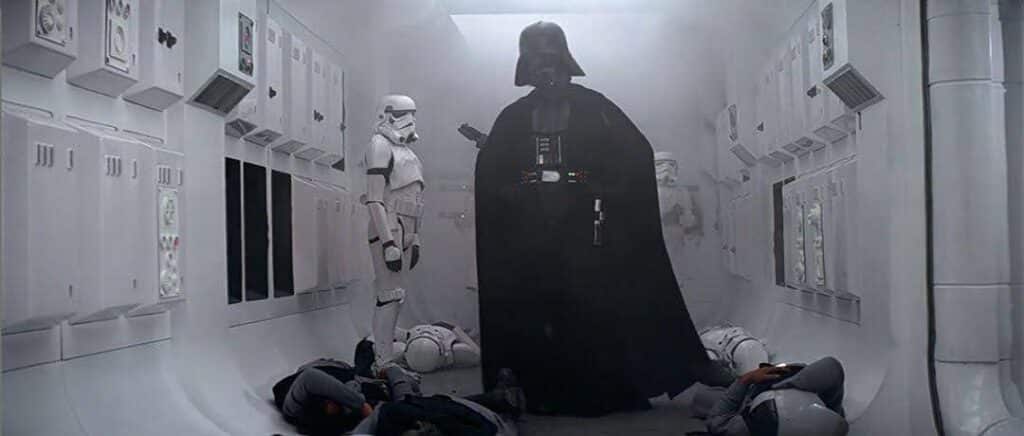
Speaking of screenplays that ‘break the rules’, let’s take a look at some others that are significantly longer or shorter than average.
Examples of Outliers
While industry norms give us a benchmark, there are of course those scripts that stretch those boundaries and completely break them. This is usually for very good reason!
Lawrence of Arabia (1962)
This epic drama stands at 267 pages, split into two parts. The extensive story is needed to delve into Lawrence’s multi-faceted character, from his memorial service where it’s clear he’s not well liked, to the final moments in the film where he’s ordered back to Britain.
As the movie’s characters and events are based on real life, with some creative license, the exposition justifies its script length to place us in the desert during World War I. The script is structured around Lawrence’s journey of self-discovery, intertwined with the broader political and cultural landscape of the time.
Its non-linear narrative not only explores the themes of identity, colonialism and culture clash, but also delves into Lawrence’s internal conflict as he grapples with his own identity while forging connection with the Arab tribes. With the film industry at a very different place in the early 1960s, we must put this script length into time context. There was less competition with no streaming services or on-demand viewing, meaning audiences would flock to see epic movies like Lawrence of Arabia.
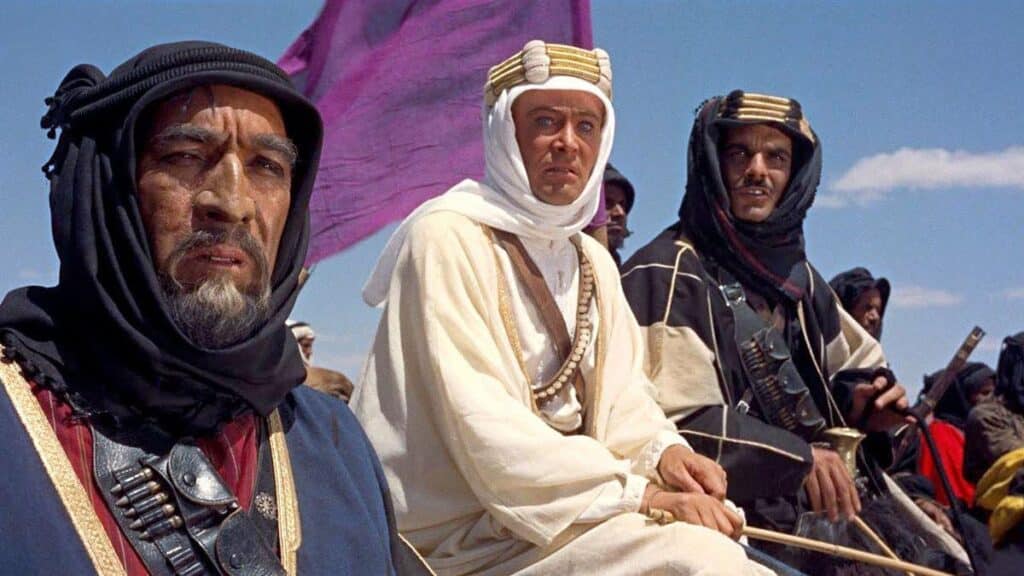
Schindler’s List (1993)
At 163 pages, Schindler’s List was adapted by Steven Spielberg from Thomas Keneally’s 1982 novel Schindler’s Ark, telling the true story of Oskar Schindler, who saved over a thousand Polish Jews during the Holocaust.
The script’s length reflects the complexity and emotional weight of the narrative and characters. With numerous characters and historical events to ponder, the screenplay explores the moral dilemmas Schindler faced in detail. With such profound themes, the length of the movie gives audiences time to absorb them.
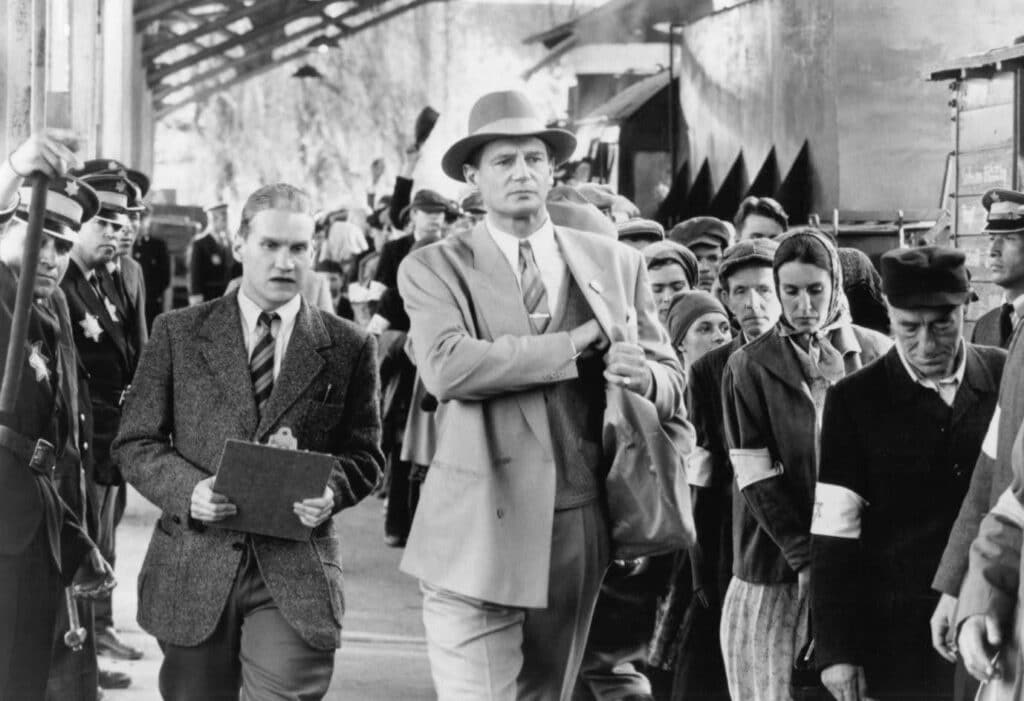
Run Lola Run (1998)
With a run time of just 80 minutes, Run Lola Run is a German experimental thriller that follows Lola as she attempts to save her boyfriend, Manni, by securing 100,000 Deutsche Mark in just 20 minutes.
But don’t be fooled by its short length. It manages to cram in three alternate endings, converged upon by a quick yet intense exploration of fate, choice, and the impact of small decisions on larger outcomes. Not one second is wasted.
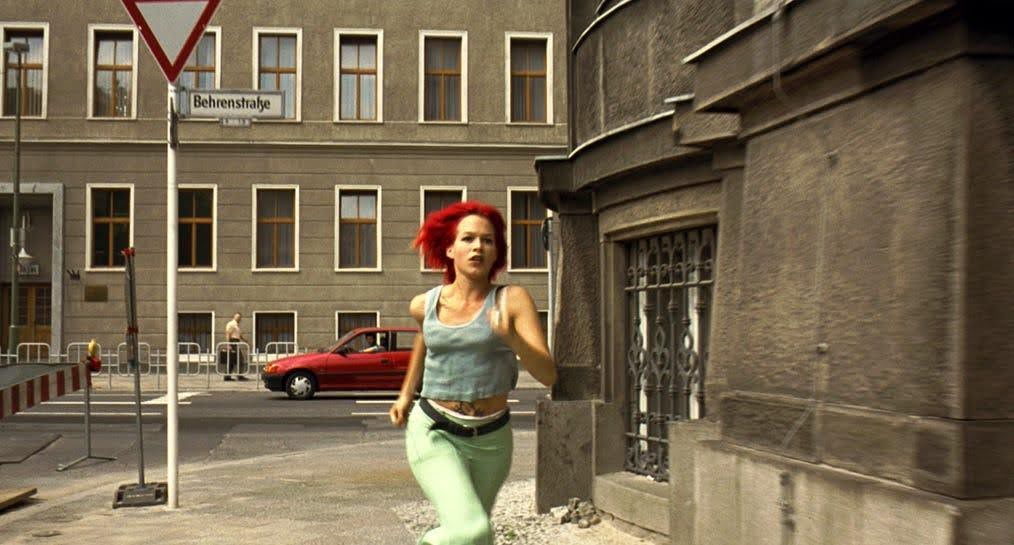
Before Sunrise (1995)
Another 80-minute marker, the screenplay for Before Sunrise is a modest 72 pages. We watch as two strangers, Jesse and Celine, meet on a train journey, stopping off in Vienna. Overnight, they explore the city, the focus keenly set on their conversations and emotional connection.
The film’s short length helps the audience absorb its intimate style and fully engage with Jesse and Celine’s evolving relationship.

Returning to our point on historical context, you’ll find those movies that have a longer or shorter script length than normal came way before the years of streamers and on-demand viewing. It could be argued that earlier times allowed for experimentation, with audiences having to physically visit a movie theater, rather than viewing from the comfort of their living rooms.
That doesn’t mean filmmakers still don’t experiment, but you’ll find releases that break the bounds of script length convention are those who are well-established. For example, the upcoming first installment of Wicked (2024) is nearly 3 hours long. Wicked is already a globally recognized feature of the Oz universe, with characters and a plot that audiences want to see explored to the fullest!
Based on this and the fact that the co-writers are the Broadway production’s original Tony award-winning playwright Winnie Holzman and her co-writer Dana Fox, (known for hits like Cruella (2021), and The Lost City (2022), we can certainly say the movie has earned its right to be that length.

Flexibility in Script Length
Experimentation is, of course, still viable. As we’ve seen, the screenwriting landscape is constantly evolving, especially with the rise of digital streaming platforms. These platforms often embrace non-traditional formats, allowing for more flexibility in script length, especially when it comes to television.
For example, with the streaming services in charge of their individual commercial breaks, series may have episodes of varying lengths, longer or shorter than traditional television. This means that they can accommodate scripts that exceed the typical page count.
While guidelines are beneficial, it’s important to remember that your story and pacing should ultimately guide your decisions as a writer. Flexibility can be your best friend, but you should prioritize telling a complete and engaging story over strictly adhering to conventions. A balance of this and understanding industry expectations should set you on the right path.
Conclusion – How Long Should Your Script Be?
While it’s helpful to stay within the general ranges, remember your primary focus should be on crafting a complete and compelling narrative. The quality of your story is far more important than strictly sticking to page counts. As you write, keep pacing, character development, and storytelling at the forefront of your mind.
Remember, every script is unique, and the narrative may require a different length to effectively convey its message. This also goes for your work!
Whether you’re working on your first script or refining a polished draft, tools like Celtx can help plan and format your work. Don’t hesitate to break the mold when it serves your creative vision!
Writing a screenplay, but aren’t sure where to start? Check out our comprehensive blog series Mastering the Art of Screenwriting with practical tips and tricks to get you from page one to, well, whichever page you reach!
Have opinions? We’d love to read them. Follow us on social media to tell us your thoughts!
Loved this article? Try these next!
- The History of Call Sheets
- Does Your Script’s Title Page REALLY Matter?
- Celtx: Your Ultimate Tool for Creating an Efficient Shot List

